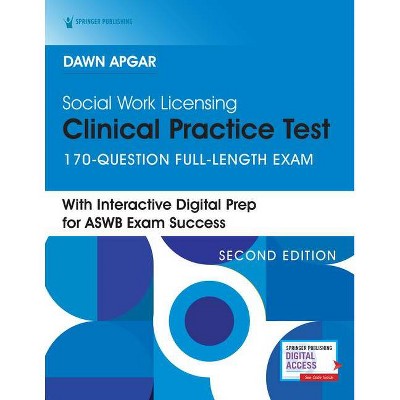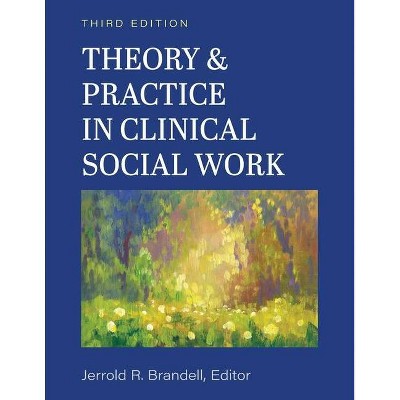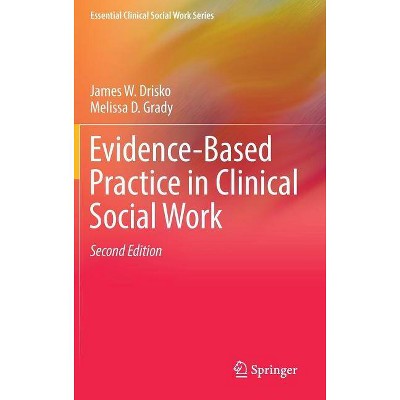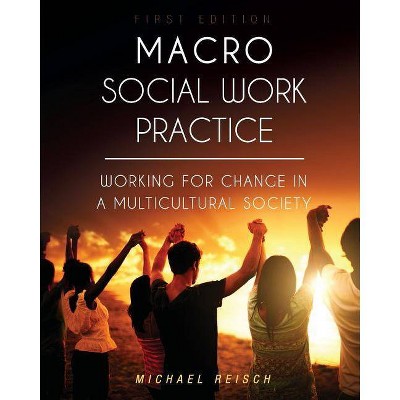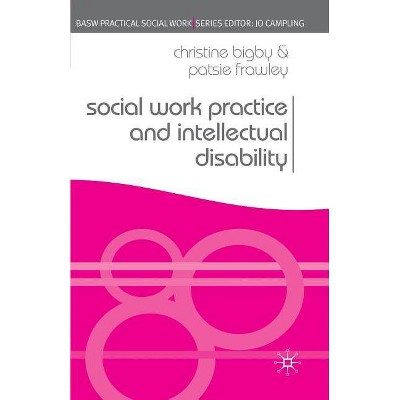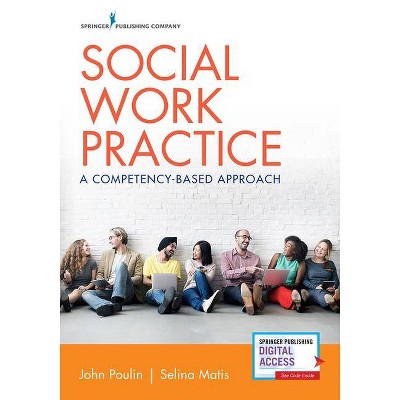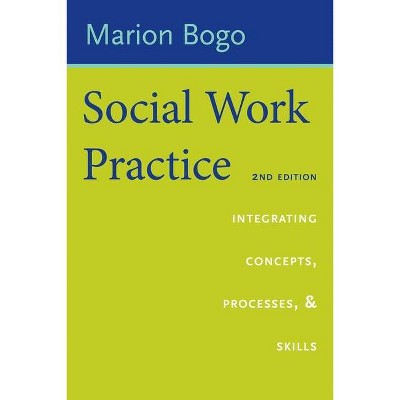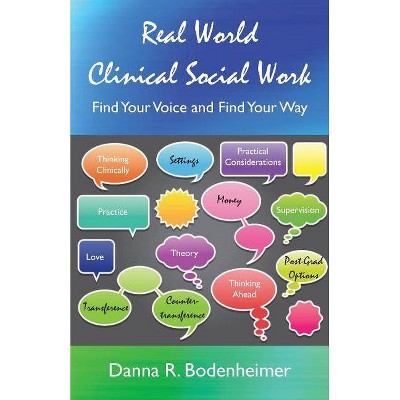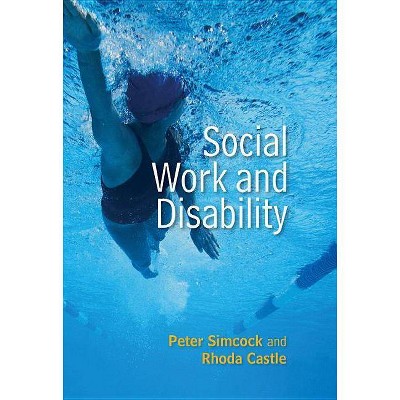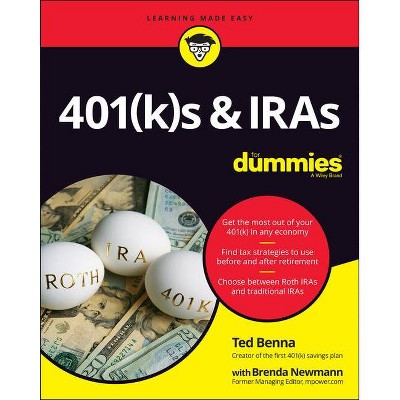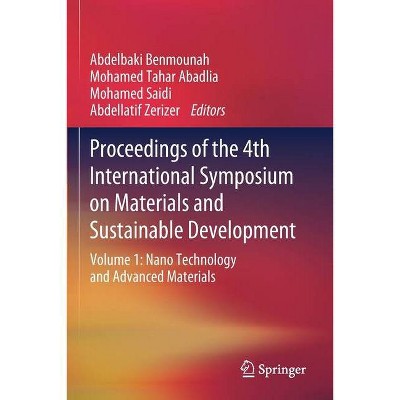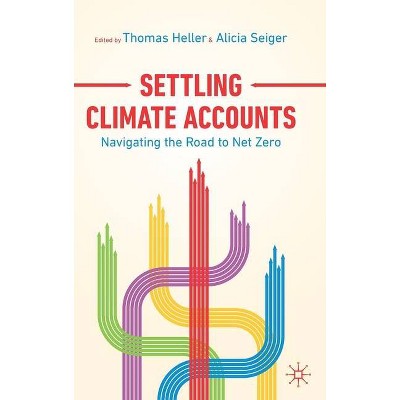The Human-Animal Bond in Clinical Social Work Practice - by Katherine Compitus (Paperback)
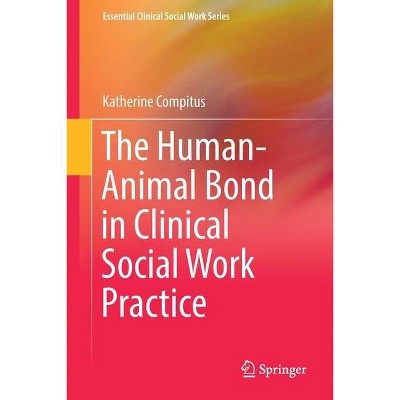
Similar Products
Products of same category from the store
AllProduct info
<p/><br></br><p><b> Book Synopsis </b></p></br></br><b>1. Introduction</b>An overview of the topics in the book. Why is the human-animal bond (HAB) important and why is it often overlooked? An introduction to the definitions, terms, and types of animal-assisted interventions.<br><b>2. History of the Human-Animal Bond (HAB)</b>A history of the relationship between people and animals. A discussion of the evolution of animal-assisted interventions includes early interventions by famous historical figures such as Florence Nightingale and Sigmund Freud.<br><b>3. The Biopsychosocial Model as a Working Hypothesis of the Human-Animal Bond</b>Working hypothesis of why the human-animal bond is so powerful, including a biological perspective, a psychological perspective, and a social perspective.<br><b>4. Animal-Assisted Therapy (AAT)</b><i>Phase One: Preparation and Assessment</i>i. Necessary preparations in the clinic/office before implementing an AAT program. Selecting a therapy animal. Preparing a client for AAT, including describing the model to client, setting expectations, and addressing fears.ii. The importance of taking an extensive history, the types of clients that are best suited to AAT, and the clients that would not benefit from AAT. Client readiness, client and animal safety.<br><i>Phase Two: The Development and Implementation of an AAT-Based Treatment Plan</i>i. Working with a client to set goals and objectives, based on interactions with the therapy animal. ii. The integration of AAT with various evidence-based treatments such as CBT, DBT, or psychodynamic psychotherapy.<br><i>Special Considerations: Animal Welfare Issues</i>i. Clinicians should always keep in mind the welfare of the therapy animal. How to read animal body language to identify stress in a therapy animal. What to do when the client or therapy animal becomes stressed or deregulated.<br><b>5. Veterinary Social Work</b><i>Grief Counseling for Pet Loss</i>i. The ways that a clinician can help facilitate the healing process when a beloved pet has passed away. A discussion of disenfranchised grief, the types of loss, and the grief process, as specific to pet loss.<br><i>Compassion Fatigue in the Veterinary Profession</i>i. A discussion of the high rate of suicide in animal rescuers and veterinary professionals. An exploration of the reasons behind compassion fatigue and secondary trauma in animal care professionals.<br><b>6. Crisis Intervention and the Human-Animal Bond</b>i. Homelessnessii. Domestic Violenceiii. Disaster Reliefiv. Breed-Specific Legislation (BSL)<br><b>7. Clinical Implications</b>Current research in AAT, suggested criteria for clinical research, limitations, and future directions in AAT. <br><b>8. References</b><b><br></b><b>9. Index</b>
Price History
Price Archive shows prices from various stores, lets you see history and find the cheapest. There is no actual sale on the website. For all support, inquiry and suggestion messagescommunication@pricearchive.us
